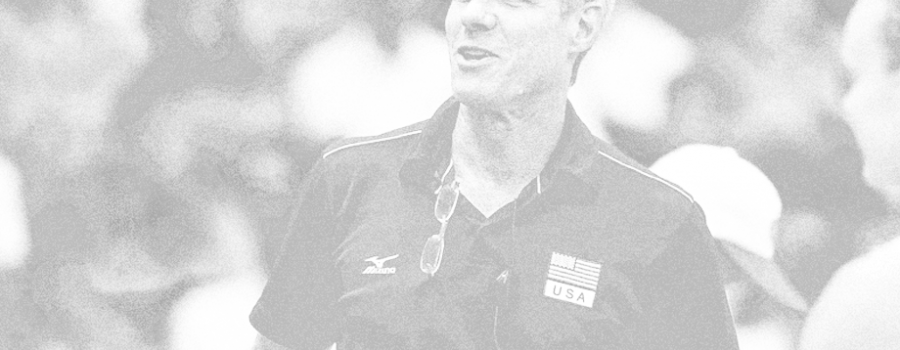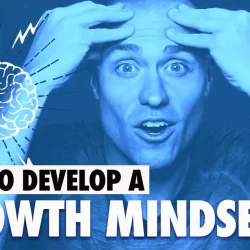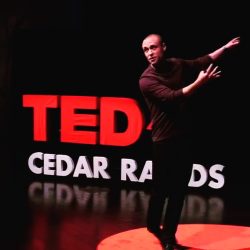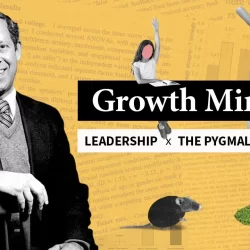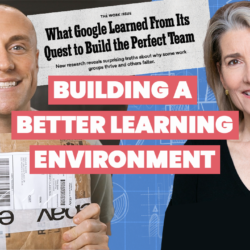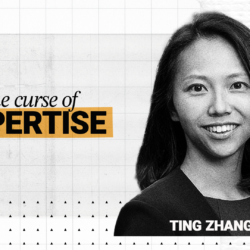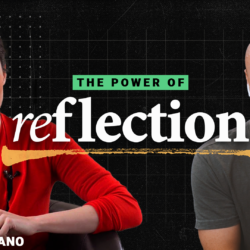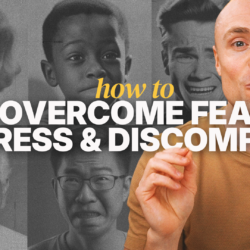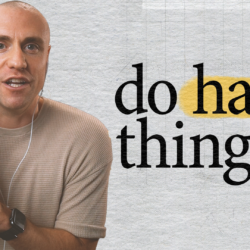It’s February 2014. I’m sitting in a massive training complex in Anaheim, CA observing the USA Women’s National Volleyball team practice. I am in awe.
Having spent most of the past year researching and writing for my blog, I was curious about the science of development. Now I was on a mission to discover how to apply it.
Most of my time was spent on the road, meeting with researchers and observing outstanding coaches and teachers.
There I was sitting on metal bleachers with a big goofy smile plastered across my face. I was finally seeing everything I’d been studying come to life and it was amazing.
It’s the best learning environment I’ve seen. No question. There are fantastic reps everywhere; tons of short useful feedback, video feedback stations, zero lines, no dead time, and a competitive, upbeat vibe.
I might be volleyball rookie, knowing nothing about the technical side of the sport, but I am certain what I’m watching is something special.
As you may imagine, the coaches for the USA Women’s National Volleyball team have an impressive resume. Karch Kiraly, who remains the coach of team USA is literally the best volleyball player of the 20th century – he even has the award to prove it. Jamie Morrison is currently the head coach of the Netherlands national team, and Tom Black is head coach of the Canadian national team. During the practice I was observing, Jamie, Tom, and Karch walk over to me and introduce themselves. They all ask variations of the same question:
“What do you see out there that we can be doing better?”
Now, these coaches are at the very top of their sport – and they’re asking me? A random blogger, for feedback?! Unreal. I don’t realize it at first, but that seemingly small question they each asked me was even more valuable than any of the drills and high-tech feedback systems they were using.
Fast forward to the end of the week and there I am sitting in their office with my camera on a tripod and my microphone on the table. The coaches agreed to an interview and I was salivating at the opportunity to get in their heads. I was picturing all of the blog posts and videos about their drills and practice design strategies that I could produce from this conversation.
Me (ready to hear about all of their tools and tricks): “What are the keys to building a learning environment like this?”
Karch: “Everyone who works with our athletes is really good at modeling being learners. We are here talking to you today because we might learn something. There’s always stuff to be learned. And if we model that, it can help with the mindsets of our athletes.”
Kiraly’s words matter big time if you’re a leader, teacher, coach, parent, or member of a team.
One of the best ways to improve a learning environment is to model the behaviors we want to see in our people. Jon Branch’s article on Kiraly for The New York Times, highlights this approach:
“His players see Kiraly as modest, transparent and fair, someone who rarely raises his voice and always asks about family. Players said that when he meets with them, Kiraly always ends the conversation with a question: How can I be better for you?”
How can I be better for you?
It takes real vulnerability to ask that question because sometimes it’s tough to hear the answer. Think about the power that’s packed into that simple question. He will undoubtedly receive useful input and feedback from the players. But looking at the big picture, this is a fantastic example of the power of modeling.
Imagine you play for Karch and at the end of every meeting he looks you in the eye and asks you for feedback. By modeling this behavior he’s now built a safe place for you to ask him for feedback.
Research shows that psychological safety is one of the best predictors of a group’s success. There are a lot of ways to build safety within your group or organization – modeling is one of the most effective.
No matter who we are or what we do, we can use this approach to improve our learning environment. We can pick and choose the actions we want to encourage and put them on display.
If we want the people around us to try new things, then we need to try new things.
If we expect those around us to own their mistakes and ask for feedback, then we need to do the same.
If we want others to be learners – we need to be learners.
MODELING = SAFETY = MORE ACTION

